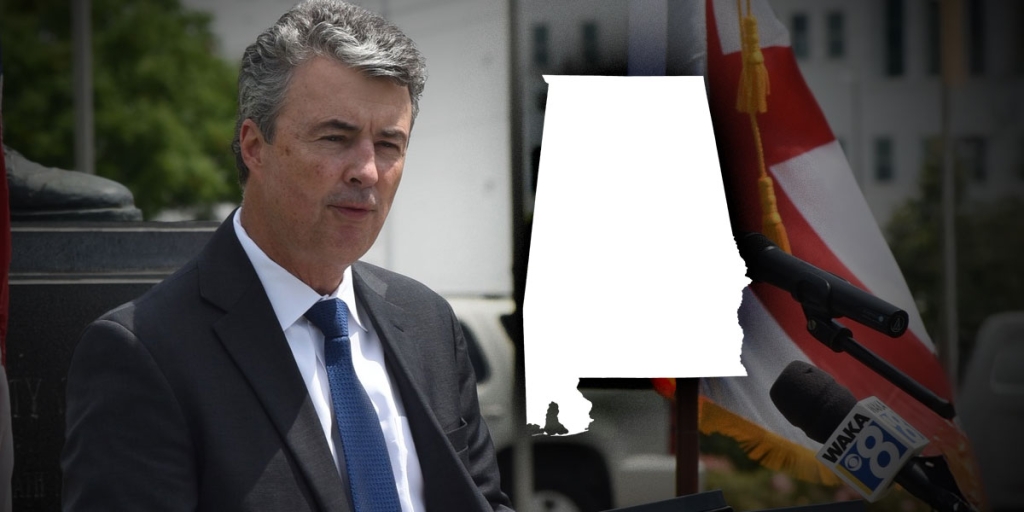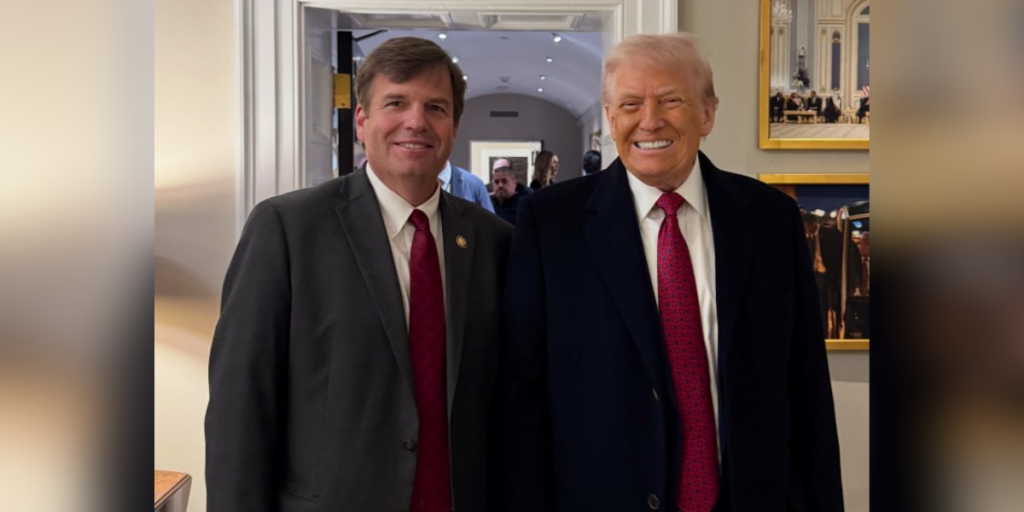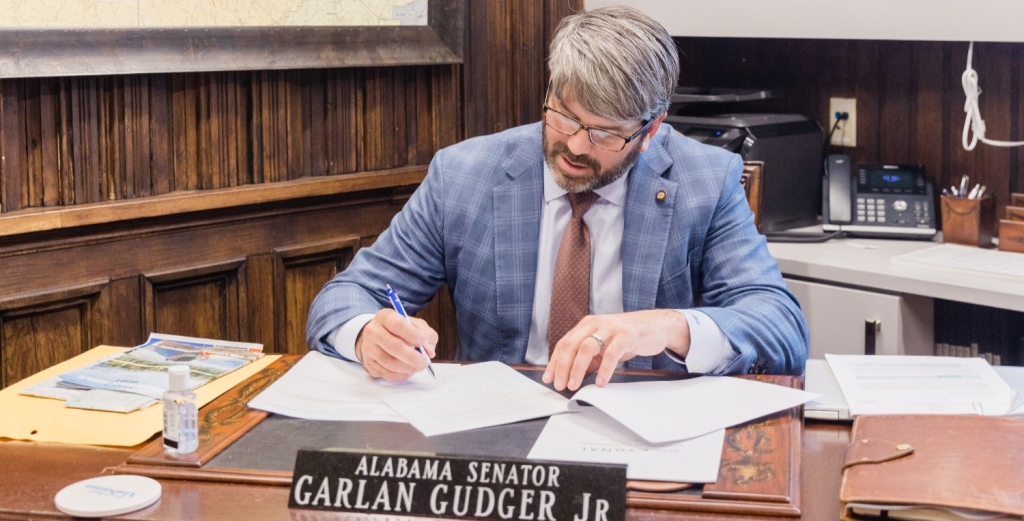Alabama Governor Robert Bentley was elected in the great Tea Party wave of 2010, an election cycle when the calls for reductions to the size of government were louder than ever. The first-term governor responded with a plan he dubbed the “Road to a Billion Dollars in Savings,” which sought to “right size” Alabama’s state government.
A study released earlier this year found that of the 26 new governors elected nationwide in 2010, Bentley has managed to reduce the size of his state’s bureaucracy at the third fastest pace.
But although Bentley has thus far charted a fiscally conservative path for the state, it is the Republican-controlled Legislature — elected in 2010 after 136 years of Democratic control — that has carried the bulk of the responsibility for making cuts.
And as Republican legislators around the state try to beat back challenges from AEA-backed Democrats, the chart below provides pretty compelling evidence that when it comes to changing the direction of Alabama’s previously-expanding bureaucracy, Republicans have delivered. (I actually considered titling this article “The chart that every Alabama Republican wants you to see”).
In this chart, which includes data compiled by the Alabama Policy Institute (API), it’s easy to see the course correction that took place after the 2010 elections. After decades of Alabama’s budgets increasing in terms of real dollars, inflation-adjusted dollars and as a percentage of GDP, the state’s spending has decreased by all three of those measures since the GOP took control.
Here’s API’s more detailed explanation of data contained in the graph:
In fiscal year 2014, Alabama’s combined state and local expenditures totaled $41.7 billion, up $26.7 billion since 1992 ($20 billion in inflation-adjusted dollars). Since 1992, Alabama’s total state and local expenditures have increased 177% (78% after adjusting for inflation).
In 1992, Alabama’s combined state and local budget of $15.1 billion equaled about 19$ of the state’s gross domestic product (GDP) of $83.1 billion. By 2013, the estimated budget of $41.7 billion was 21% of the state’s GDP of $198 billion.
In 2014, the three largest components of Alabama’s state and local budgets were education (31%), health care (28%) and pensions (8%).
“Alabamians elected us to make state government more efficient and live within our means without raising taxes or cutting essential services,” Gov. Bentley said earlier this year. “State government was broke when Republicans entered office in 2011, but together with Legislative leaders, we took a serious look at how we could find savings in state government.”
“When Republicans took over the Legislature for the first time in 136 years, we promised to make tough decisions and live within our means, just like every household in Alabama, and we’ve taken that vow seriously,” added House Speaker Mike Hubbard. “I’m proud of our success to date, but we are continuing our efforts to streamline and right-size government without raising a single dime of taxes.”
And as Hubbard suggested, there are definitely opportunities to continue the streamlining efforts.
For instance, Alabama continues to have a relatively high number of state employees compared to its population. The Yellowhammer State currently has one state employee for roughly every 47 residents.
But for now, the GOP would be smart to tout the chart above as evidence that they’ve at least started to give Alabamians what they want — a smaller, less intrusive state government bureaucracy.
Follow Cliff on Twitter @Cliff_Sims














